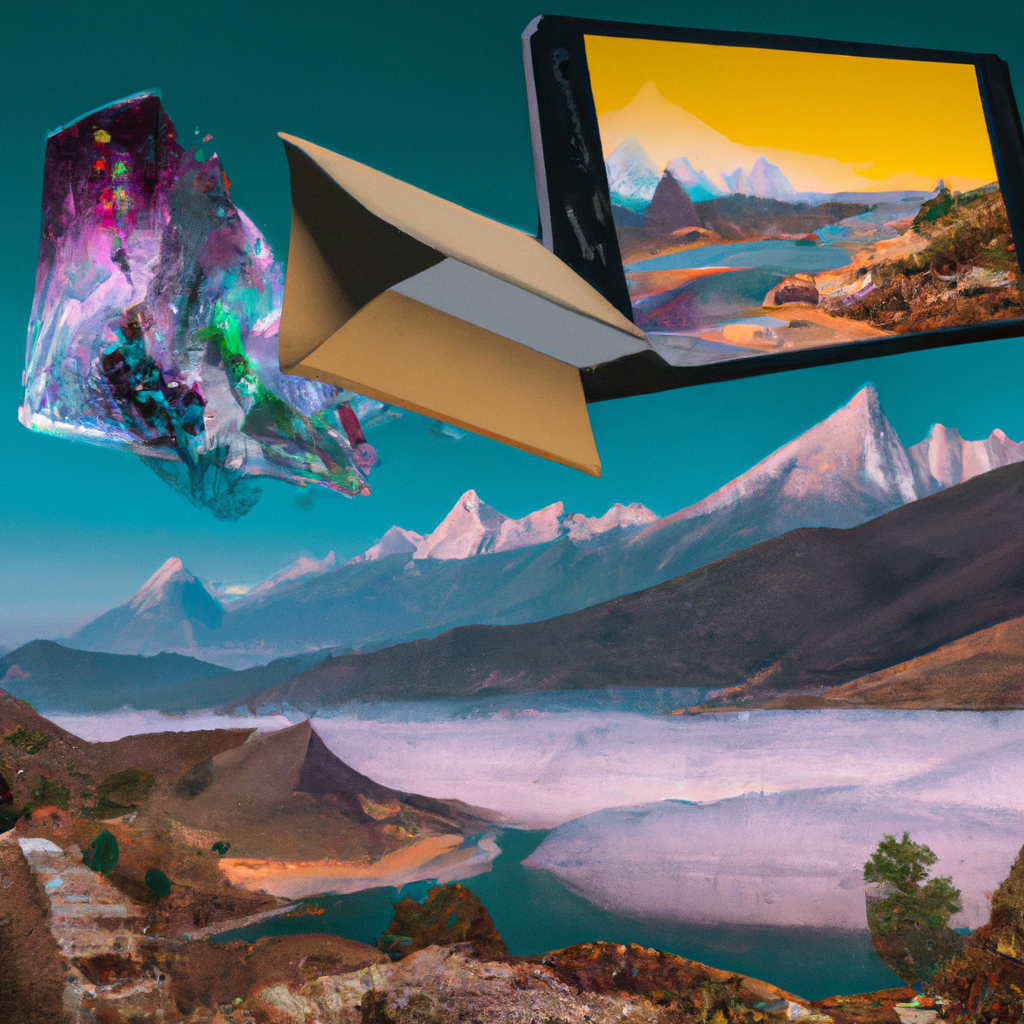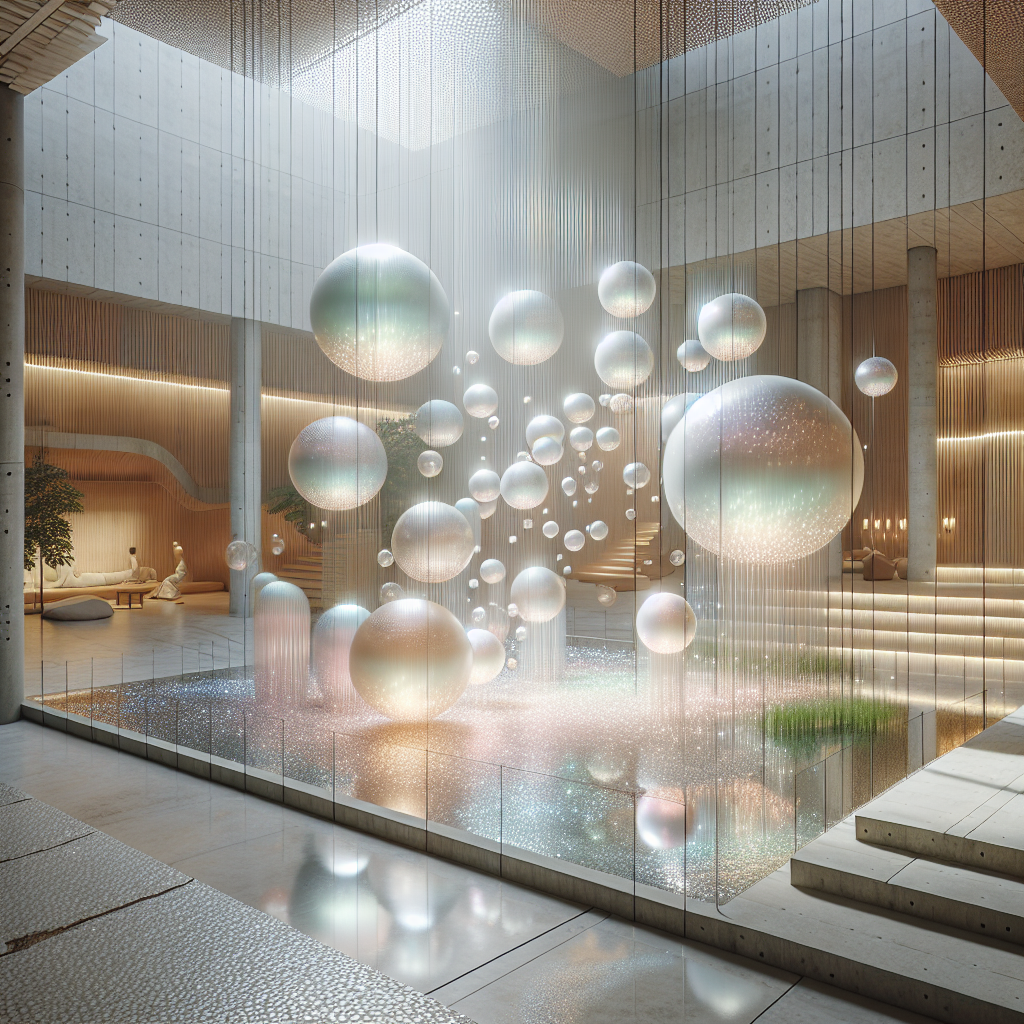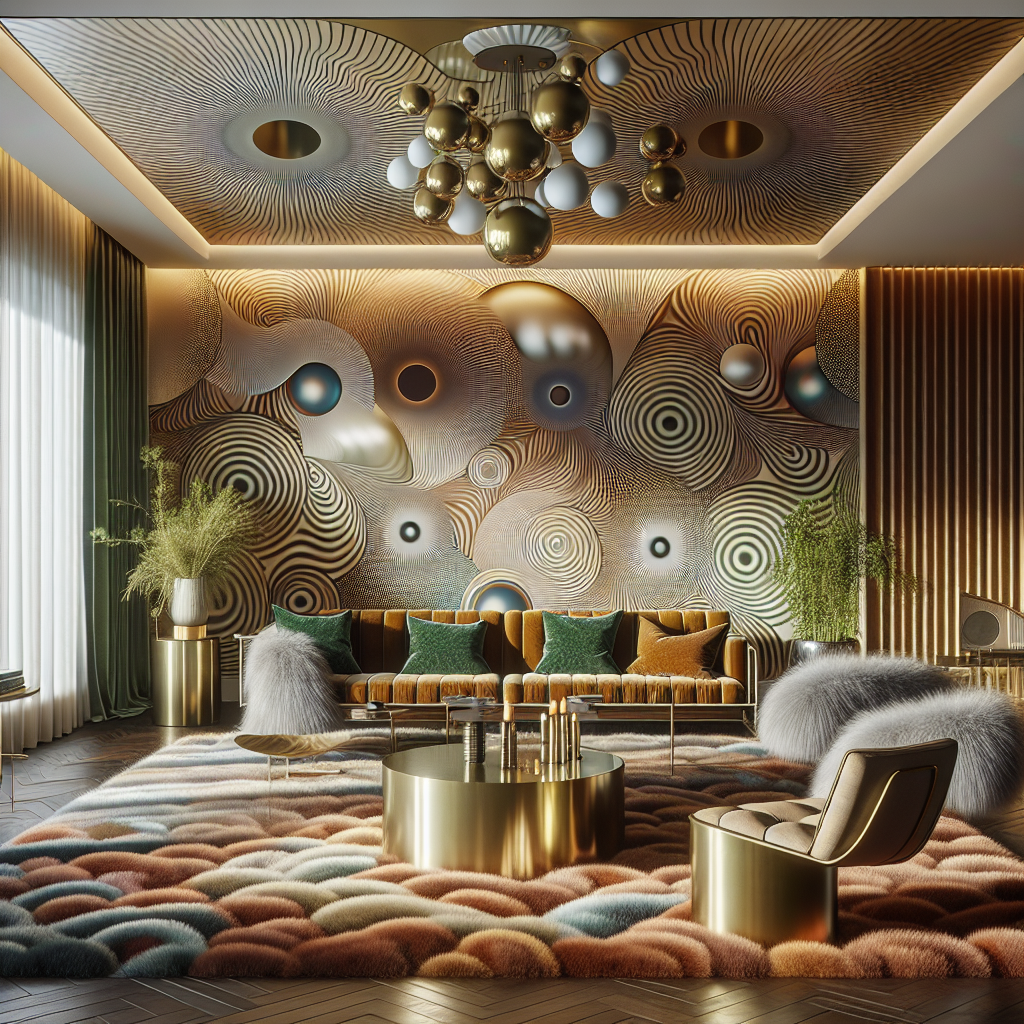Augmented Reality: The New Frontier in Design Innovation

Augmented Reality: The New Frontier in Design Innovation
The world of design and architecture is constantly evolving and innovating. With the advent of new technologies, designers are able to create new and exciting experiences for their clients. One of the most exciting and cutting-edge technologies is Augmented Reality (AR). AR is quickly becoming the new frontier in design innovation, allowing designers to create immersive and interactive experiences that are unlike anything seen before.
AR is a technology that combines the physical world with virtual elements. It uses computer-generated images, sounds, and other sensory inputs to create an augmented reality. This technology has been used in many different industries, from gaming to healthcare. However, it is now being used in the world of design and architecture to create unique and engaging experiences.
The use of AR in design and architecture is becoming increasingly popular. AR can be used to create interactive experiences for clients, allowing them to explore a space in a more immersive way. It can also be used to create virtual prototypes, allowing designers to test out different ideas and concepts before committing to a physical build. Additionally, AR can be used to create interactive presentations, allowing designers to showcase their work in a more engaging way.
The use of AR in design and architecture has a number of benefits. For one, it allows designers to create experiences that are more engaging and interactive. It also allows them to create virtual prototypes that can be tested before committing to a physical build. Additionally, AR can be used to create interactive presentations, allowing designers to showcase their work in a more engaging way.
One of the most exciting applications of AR in design and architecture is the use of 3D scanning. This technology allows designers to create 3D models of physical spaces, allowing them to explore the space in a more immersive way. Additionally, 3D scanning can be used to create virtual prototypes, allowing designers to test out different ideas and concepts before committing to a physical build.
Another exciting application of AR in design and architecture is the use of interactive media. This technology allows designers to create interactive experiences for their clients, allowing them to explore a space in a more immersive way. Additionally, interactive media can be used to create virtual prototypes, allowing designers to test out different ideas and concepts before committing to a physical build.

The use of AR in design and architecture is quickly becoming the new frontier in design innovation. It is allowing designers to create immersive and interactive experiences that are unlike anything seen before. Additionally, it is allowing them to create virtual prototypes, allowing them to test out different ideas and concepts before committing to a physical build. As the technology continues to evolve, the possibilities for design and architecture are endless.
The use of AR in design and architecture is revolutionizing the way designers create and present their work. It is allowing them to create experiences that are more engaging and interactive. Additionally, it is allowing them to create virtual prototypes, allowing them to test out different ideas and concepts before committing to a physical build. This technology is quickly becoming the new frontier in design innovation, and it is sure to continue to revolutionize the industry for years to come





